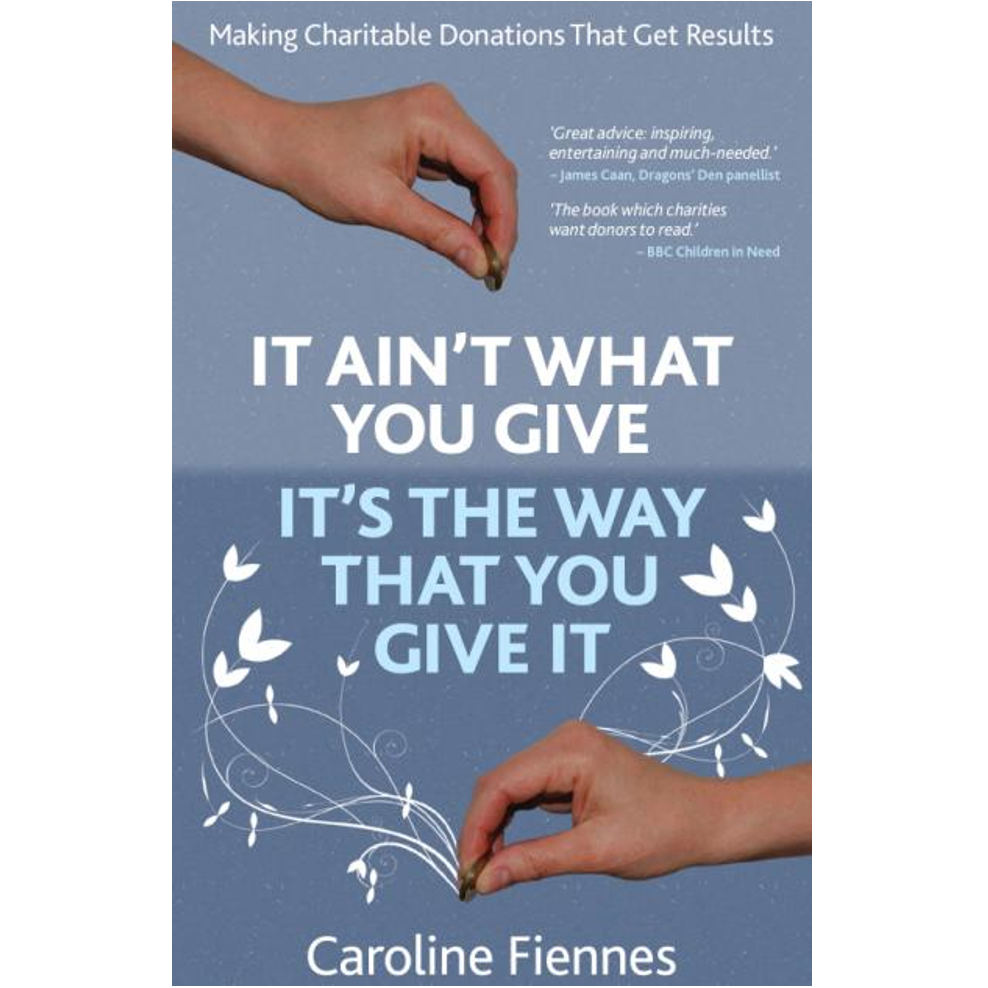The Duchess Formerly Known as Kate Middleton announced today her first four charity  affiliations. It’s a quirky set. If she’s clever, Kate (if we’re still allowed to call her that) can add a load more value to them.
affiliations. It’s a quirky set. If she’s clever, Kate (if we’re still allowed to call her that) can add a load more value to them.
The overriding precept of effective giving is using your resources to their best effect. For Kate, that means using her ability to attract attention. So the National Portrait Gallery is a weird choice since that’s hardly a ‘cause’ or an institution below the radar, and neither does it lack high-profile patrons. (Since she has a degree in History of Art, it presumably arises from long-standing personal interest.) By contrast, the choice of Action on Addiction is a very good one: addiction is a hidden and un-sexy curse, much like HIV was when Diana brought the press into see it.
One resource which could be used better is Kate’s rationale for her selection. She’s clearly pretty switched-on and has some good charity advisors around her, so it might be valuable if she explained why she chose the East Anglia’s Children’s Hospices given that there loads of children’s hospices, and why she chose The Art Room, amongst the numerous charities which work with troubled young people in schools.
The other great insight of effective donors is that charities vary massively in their effectiveness – much as companies do, as teachers do, as sports people do. But not all her quartet seem to pay much attention to results. Action on Addiction does: its annual report begins “This has been another year of great impact”, and goes on to discuss results extensively. It surely gets extra marks for providing the first funds to support a randomised clinical trial in one of its areas of work. The Art Room talks about results a bit but not very convincingly: it cites a some recent observational data, of frankly limited value, and a detailed study which is now seven years old and whose authors recognised that it had insufficient depth (for example, no control group, and the duration was too short for the charity’s effect to be clear). East Anglia’s Children’s Hospices have zero discussion of results either on its website or annual report, as far as I could see. Any donor does well to choose charities which obsess about their effectiveness, and to encourage them to understand it more rigorously – let’s hope she does that.
So, what should she do next? I’d suggest that she publishes her rationale, and pushes all ‘her’ charities to talk clearly and publicly about what they do, why they do it, which bits work and which bits don’t (if they say that everything works, we should suspect their economising on the truth).
As she gets more confident and savvy about charities, it would be just great if she shone the spotlight on important issues that routinely get ignored. Your Royal Highness, here are some ideas for your next selections. Female genital mutilation. Child soldiers. People trafficking. Even prisoners’ families who are routinely ignored, despite reducing re-offending. Corruption and transparency. Or, on a different tack, get interested in charities’ effectiveness and champion the work to test their approaches using proper randomised control trials.
The initial quartet is reasonable start, but, since she’s less than half the age of her father-in-law who’s still waiting for what Diana called “the top job”, there’s plenty of time to be radical.

